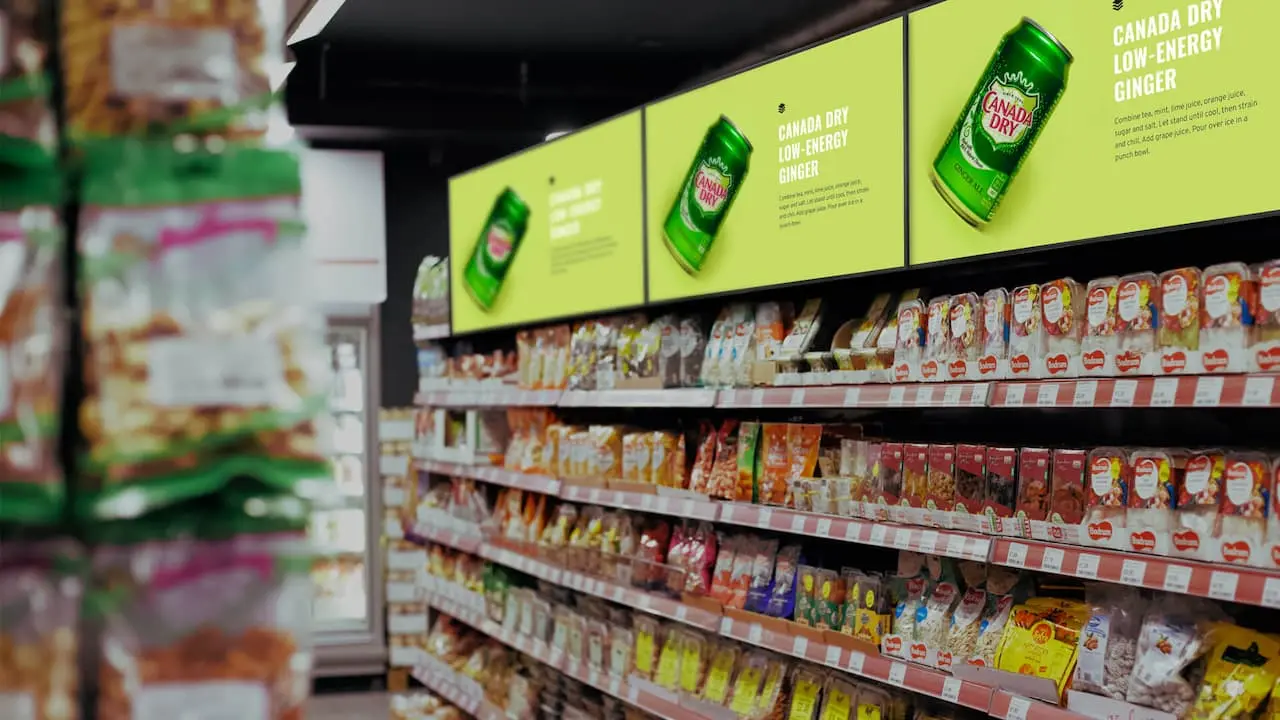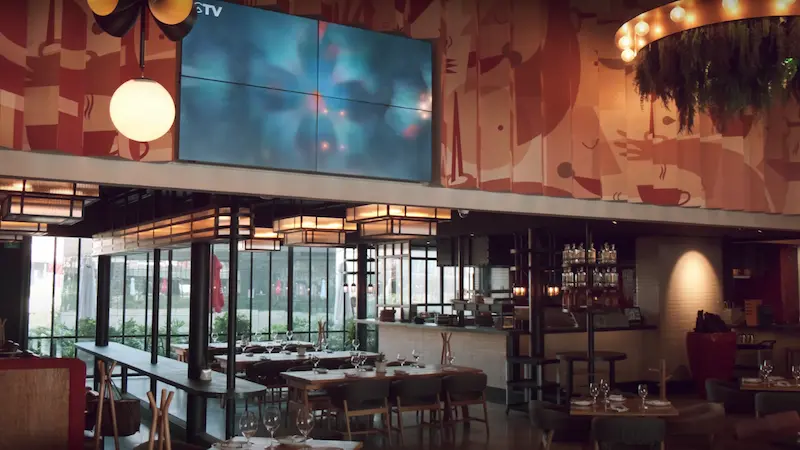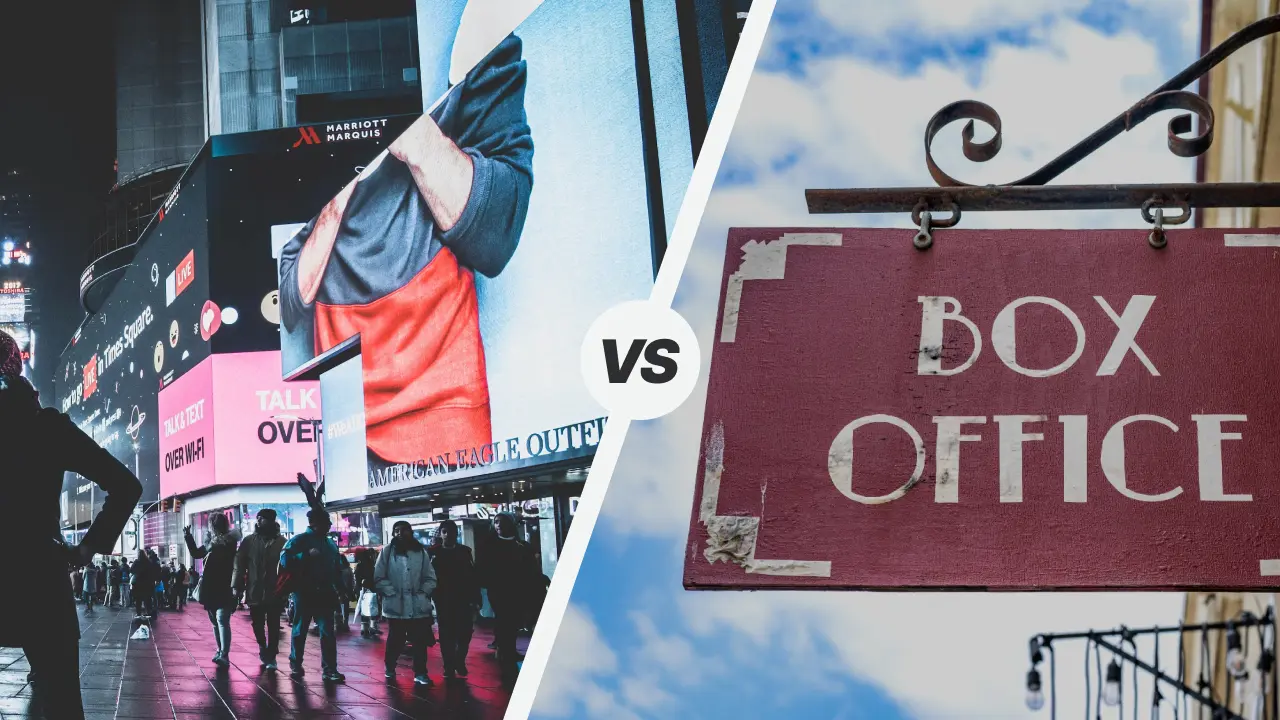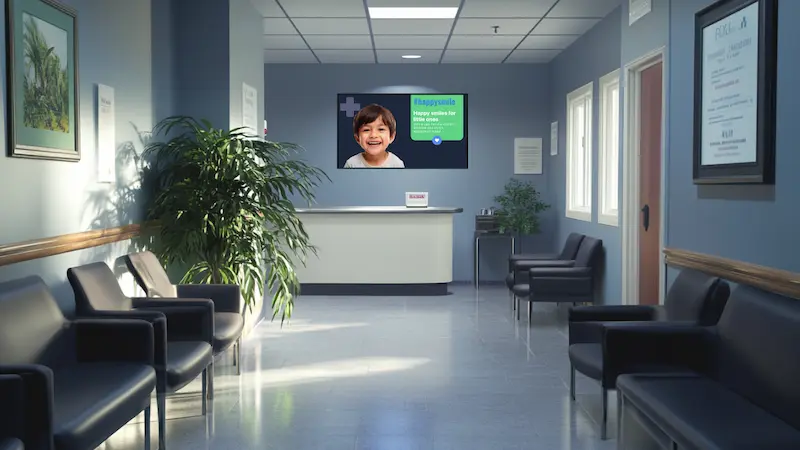
Table of Content
Navigating large spaces like shopping malls, corporate campuses, or healthcare facilities is often a source of frustration for visitors. This confusion directly impacts your business. A customer who gets lost might leave without making a purchase, while a visitor wandering a hospital might arrive late for an appointment. These are small but significant moments that could affect your bottom line.
But with digital wayfinding solutions, you have a powerful navigation system that improves customer experience, streamlines operations, and reduces the need for on-site staff to manage visitor queries. With the right solution, you can make your space easier to navigate and even use it as a platform for engagement and communication.
Here, we’ll explore what digital wayfinding is, the key benefits it offers, and how it can transform your business by improving both customer navigation and operational efficiency.
What is Digital Wayfinding?
At its most basic level, digital wayfinding refers to digital display uses and interactive technologies to help people navigate physical spaces.
Instead of merely pointing you in a general direction, much like static maps, it provides detailed, customized routes tailored to the individual’s specific needs. Need the closest restroom or a particular store? Digital wayfinding shows you the most efficient route, factoring in things like crowd congestion or temporary closures.
And that’s just the beginning. With the integration of QR codes, mobile support, and real-time updates, digital wayfinding solutions ensure visitors are always in the know, enhancing their experience while reducing the cognitive load that comes with navigating large, unfamiliar environments.
Key Benefits of Digital Wayfinding for Customer Navigation
Digital wayfinding enhances how businesses and institutions engage with their customers. Here’s why it matters:
1. Improved Visitor Experience
In a world where people expect instant access to information, digital wayfinding solutions allow users to find exactly what they need without the frustration of getting lost or struggling to interpret complex layouts. Whether it’s a retail shopper trying to find a store, a hospital visitor locating a patient room, or an employee navigating a corporate campus, the experience is smooth and stress-free.
This kind of positive interaction leaves a lasting impression and encourages repeat visits. A visitor who finds their way easily is far more likely to return than one who spends their time frustrated and lost.
2. Time-Saving for Customers
Time is the one resource none of us can get back. Digital wayfinding drastically reduces the time people spend figuring out how to get to their destination. With just a few taps or scans, customers are given step-by-step directions that lead them straight to where they need to go, with no detours.
3. Increased Engagement
Digital wayfinding can also serve as an interactive marketing tool. Retailers, for example, can integrate promotions, ads, or event information into their digital displays to offer a more engaging experience for visitors. Imagine a shopper using the wayfinding kiosk and seeing a special deal pop up as they search for a store—it’s a win-win for both the customer and the business.

Common Use Cases of Digital Wayfinding
Digital wayfinding has changed the game for various industries by catering to their unique needs. Here are some of the most impactful use cases:
1. Retail Environments
Shopping malls and large department stores can be confusing, especially for first-time visitors. Digital wayfinding kiosks guide shoppers to specific stores, food courts, or restrooms, ensuring a smoother shopping experience. Additionally, the advertisement integrations or special offers into the system can boost sales and customer engagement to add an extra layer of value for retailers.
2. Healthcare Facilities
Hospitals are infamous for being difficult to navigate. When people are in stressful situations—whether visiting a sick loved one or going for a procedure—the last thing they want is to get lost. Digital wayfinding guides patients and visitors directly to the department or room they need, minimizing confusion and reducing stress in an already overwhelming environment.
3. Corporate Campuses
In large corporate campuses, especially those spread across multiple buildings, digital wayfinding solutions help employees and visitors find meeting rooms, departments, or key facilities without needing to rely on staff for directions.
4. Airports and Transportation Hubs
Few places are as complex and chaotic as airports. With gates, terminals, and services spread across large areas, travelers need clear, concise guidance to find their way. Digital wayfinding systems in airports provide real-time updates on gates, flight changes, and directions to facilities like lounges or baggage claims, making the travel experience much less stressful.
Features to Look for in a Digital Wayfinding Solution
When considering a digital wayfinding solution for your space, certain features can make all the difference. Here’s what to look for:
1. Interactive Touchscreens
Touchscreen kiosks provide a more engaging and intuitive user experience. Instead of passively reading a map, users can interact with the screen, input their destination, and receive a customized route.
Pro Tip: Look Digital Signage enables you to create interactive touchscreen displays using its Scenes feature. You can design custom maps and layouts where users tap on destinations to receive real-time directions.
2. QR Code Integration
For those, who prefer to navigate using their smartphones, QR code integration is a must. By scanning a code, visitors can take the wayfinding experience with them on their phones by receiving directions they can follow as they walk.
Pro Tip: You can easily integrate QR codes into your digital displays from within your Look DS portal. Here’s how it works: the software allows you to generate QR codes that can be displayed on your kiosks or screens. You configure the settings by adding a destination link and specifying parameters like color and size, and that’s it. Visitors can scan the code with their smartphones, which transfers the wayfinding experience directly to their devices.
3. Real-Time Data Updates
Real-time updates are essential in dynamic environments like airports or hospitals. Digital wayfinding solutions that can update routes, display wait times, or adjust directions based on live conditions (like closed hallways or crowd congestion) ensure that visitors always have the most accurate information.
4. Multi-Language Support
In global settings like airports or tourist attractions, visitors should be able to interact with the system in their preferred language, ensuring everyone has access to clear directions. The best thing is that Look DS enables you to display wayfinding information in any language of your choosing, which means that international visitors can easily navigate your space without language barriers and you can cater to a diverse audience.
5. Accessibility Features
An effective wayfinding system must be inclusive. This means including audio directions for visually impaired users, routes that accommodate wheelchair users, and simplified instructions for those with cognitive disabilities.
Check our article about ADA compliance for digital signage
How to Implement Digital Wayfinding Solutions in Your Space
Implementing a digital wayfinding solution requires a thoughtful approach to design, technology, and user experience. Here’s how to do it effectively:
1. Assess Your Space and Visitor Needs
The first step is understanding the space you’re working with and the needs of your visitors. Where do people typically get lost? What are the key destinations? Knowing this will help you design a system that truly meets the needs of your space and its users.
2. Choose the Right Digital Signage Software
The right software is the backbone of any successful digital wayfinding solution. Look for a platform that integrates seamlessly with your existing systems and offers the features you need, such as real-time updates, multi-language support, and mobile integration.
And you don’t have to look any further than the Look digital signage software, which offers all of these essential features and more. Beyond just wayfinding, Look DS allows you to leverage your digital signage for multiple purposes, such as displaying promotional content, emergency alerts, or announcements alongside your maps. Its cloud-based infrastructure ensures scalability, so whether you're managing a single location or a multi-site network, you can control everything remotely with ease.
3. Integrate with Other Systems
To maximize its impact, your digital wayfinding system should integrate with other technologies in your space, like security, customer management, or communication systems. This will allow for a more cohesive and efficient operation.
Pro Tip: Take advantage of Look’s integration with Zapier to automate updates based on triggers from your applications. For example, when you create a new event in Google Calendar, your digital wayfinding displays can instantly show relevant directions or information.

Best Practices for Designing Effective Digital Wayfinding Content
Design matters just as much as the technology itself. Poorly designed wayfinding content can confuse rather than help. Here are a few best practices to ensure your system is intuitive and effective:
Simplicity and Clarity: Less is more. Keep directions clear, concise, and easy to follow.
Color-Coded Routes: Using colors to designate different routes or areas can make navigation simpler. For instance, red for emergency exits, green for restrooms, and blue for retail zones.
Consider the User’s Perspective: Always design with the end-user in mind. Consider their journey from the moment they step into your space. Where will they look first? What will make their experience smoother?
Test Your Wayfinding System: No system is perfect from the start. Test your digital wayfinding solution with real users and gather feedback. This will help you identify any pain points and optimize the system for a better user experience.
Enhancing Visitor Experience with Digital Wayfinding
Digital wayfinding solutions help you improve how people experience and interact with your space. Once you make it easy for visitors to find their way, you encourage repeat visits, which in turn boosts your business’s efficiency. More than just providing directions, wayfinding systems reduce confusion, improve overall satisfaction, and allow your staff to focus on more critical tasks instead of giving directions.
If you’re ready to elevate your space with intuitive digital wayfinding, try Look DS free for 14 days and see firsthand how seamless navigation can transform the way your visitors engage with your environment. Sign up today to explore all the features Look DS has to offer, without any functional limitations.







